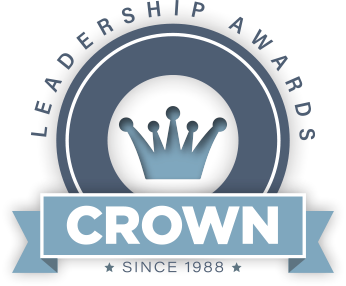Tech-Driven Pest Inspections: Innovations for Comprehensive Analysis
Introduction: In the ever-evolving landscape of pest control, innovative technologies are revolutionizing the way pest…


Introduction:
In the ever-evolving landscape of pest control, innovative technologies are revolutionizing the way pest inspections are conducted. From advanced sensors to artificial intelligence, these cutting-edge tools enhance the accuracy and efficiency of pest inspections. This article explores the impact of innovative pest inspection technologies on comprehensive analysis and proactive pest management.
Smart Sensors for Early Detection:
One of the groundbreaking technologies in pest inspections is the use of smart sensors. These devices are designed to detect early signs of pest activity by monitoring environmental conditions. Temperature, humidity, and movement patterns are analyzed in real-time, providing early warnings and allowing for prompt intervention before pest infestations escalate.
Remote Sensing and Drones:
Remote sensing technologies, including drones equipped with high-resolution cameras, have transformed the way inspectors survey large areas. Drones enable inspectors to access hard-to-reach places and capture detailed imagery. This remote perspective enhances the accuracy of pest assessments, particularly for expansive outdoor areas and structures.
Artificial Intelligence in Pest Analysis:
Artificial Intelligence (AI) plays a pivotal role in pest analysis by processing vast amounts of data to identify patterns and trends. AI algorithms can analyze images, sensor data, and historical information to predict potential pest threats. This proactive approach allows for strategic pest management and targeted interventions.
Internet of Things (IoT) Integrated Devices:
The Internet of Things (IoT) has paved the way for interconnected devices that communicate and share data seamlessly. In pest inspections, IoT-enabled devices such as smart traps and sensors create a networked system. These devices provide real-time updates on pest activity, allowing for rapid response and precise monitoring.
Augmented Reality for Enhanced Visualization:
Augmented Reality (AR) technologies are enhancing the visualization of pest inspections. Inspectors equipped with AR devices can overlay digital information onto the physical environment. This augmented view aids in identifying pest hotspots, potential entry points, and areas requiring targeted treatment, improving overall inspection accuracy.
Machine Learning for Species Identification:
Machine Learning (ML) algorithms are advancing the identification of pest species. By analyzing images and patterns, ML models can quickly and accurately identify different pests. This technology expedites the identification process, enabling inspectors to tailor pest management strategies based on the specific species present.
Automated Monitoring and Reporting Systems:
Automated monitoring systems streamline the pest inspection process. These systems use connected sensors to continuously monitor conditions and pest activity. The data collected is then automatically processed and generates comprehensive reports. This automation reduces manual workload, enhances efficiency, and ensures thorough reporting.
Blockchain for Transparent Pest Records:
Blockchain technology is being applied to create transparent and immutable pest records. Every step of the pest inspection process, from data collection to interventions, is securely recorded in a blockchain. This not only ensures the integrity of inspection records but also provides stakeholders with a verifiable and transparent history of pest management efforts.
Predictive Analytics for Future Pest Trends:
The integration of predictive analytics allows pest control professionals to anticipate future pest trends. By analyzing historical data and environmental factors, these systems can forecast potential pest challenges. This forward-looking approach enables proactive measures, preventing pest issues before they occur.
Linking to Innovative Pest Inspection Technologies:
Explore the frontier of pest inspections with Innovative Pest Inspection Technologies. Discover how these cutting-edge technologies are redefining pest management, offering comprehensive analysis, and shaping the future of proactive pest control. Embrace innovation for a pest-free and harmonious living environment.
Conclusion:
Innovative pest inspection technologies are revolutionizing the field, providing pest control professionals with powerful tools for comprehensive analysis and proactive management. From smart sensors to artificial intelligence, these advancements are not only enhancing accuracy but also shaping the future of pest control by promoting efficiency and sustainability. Embracing these technologies is a crucial step toward creating pest-free spaces and harmonious living environments.







